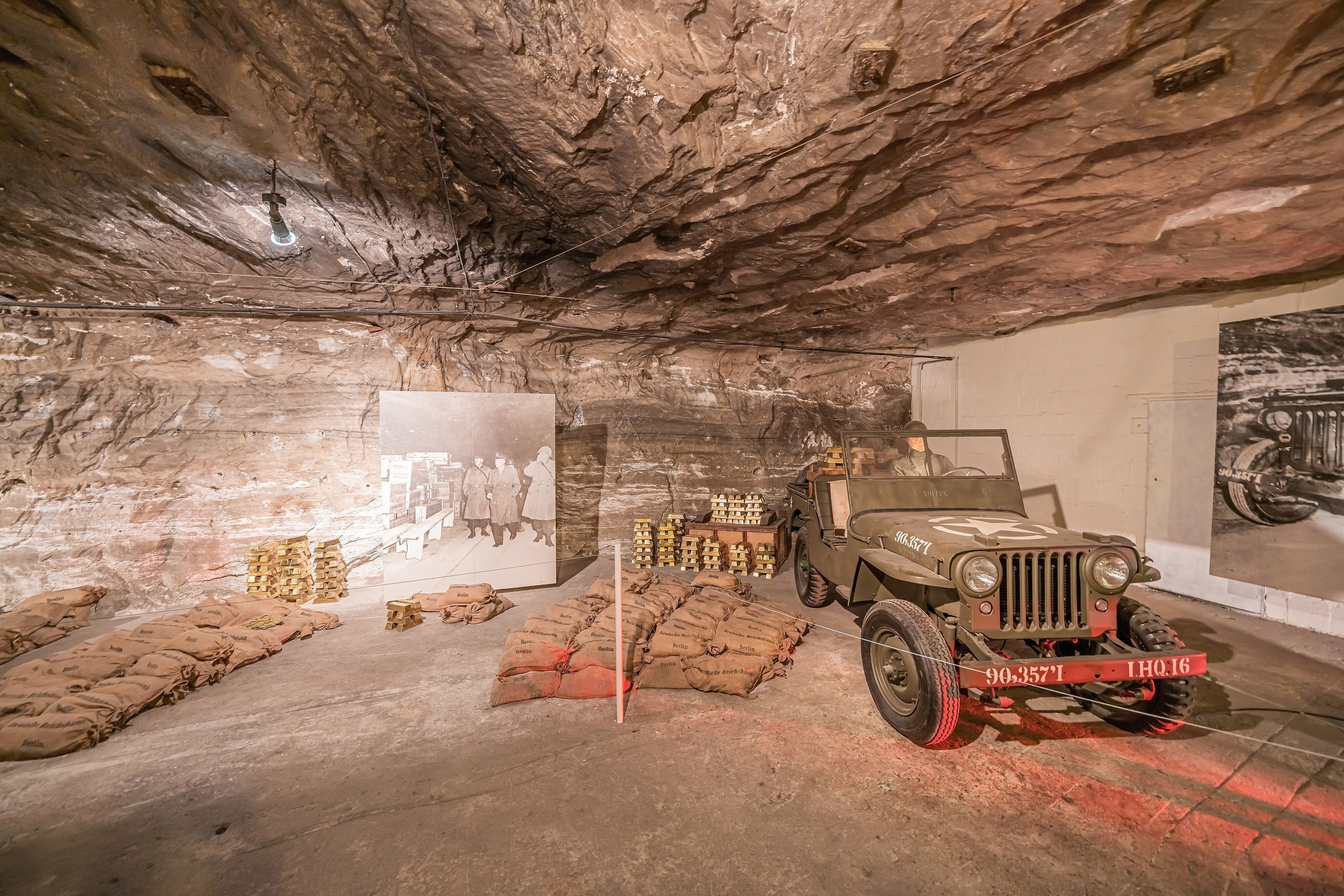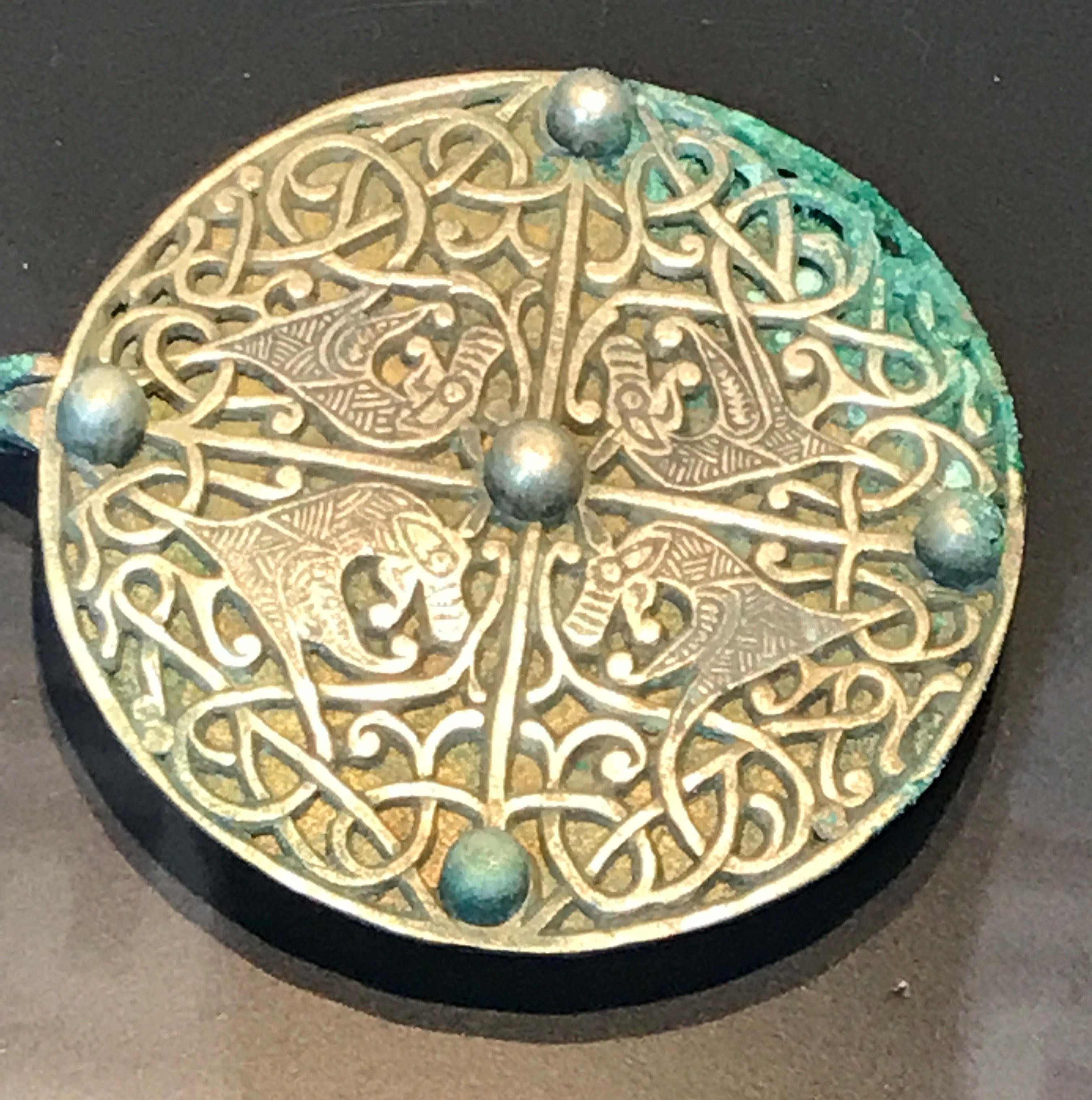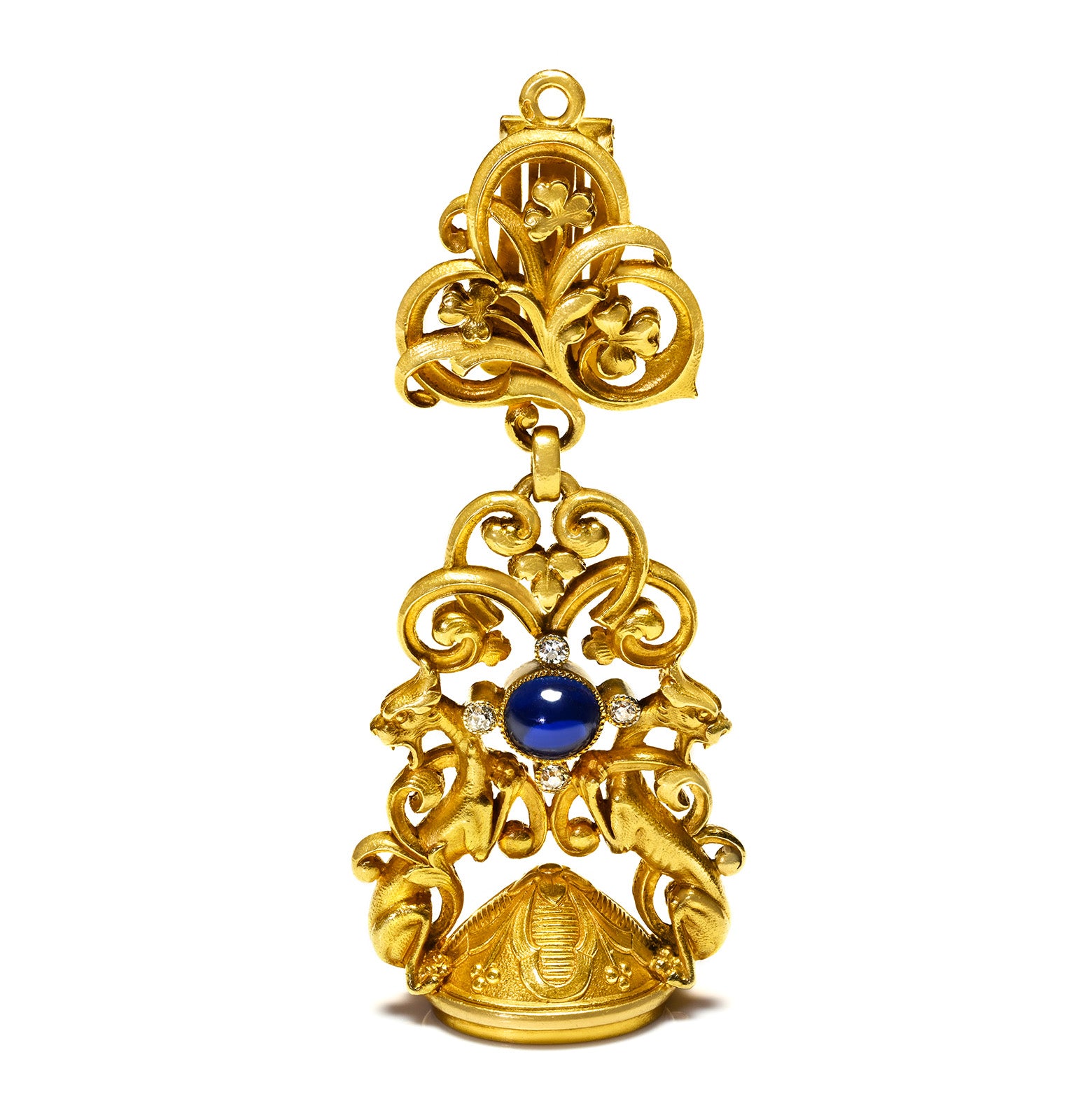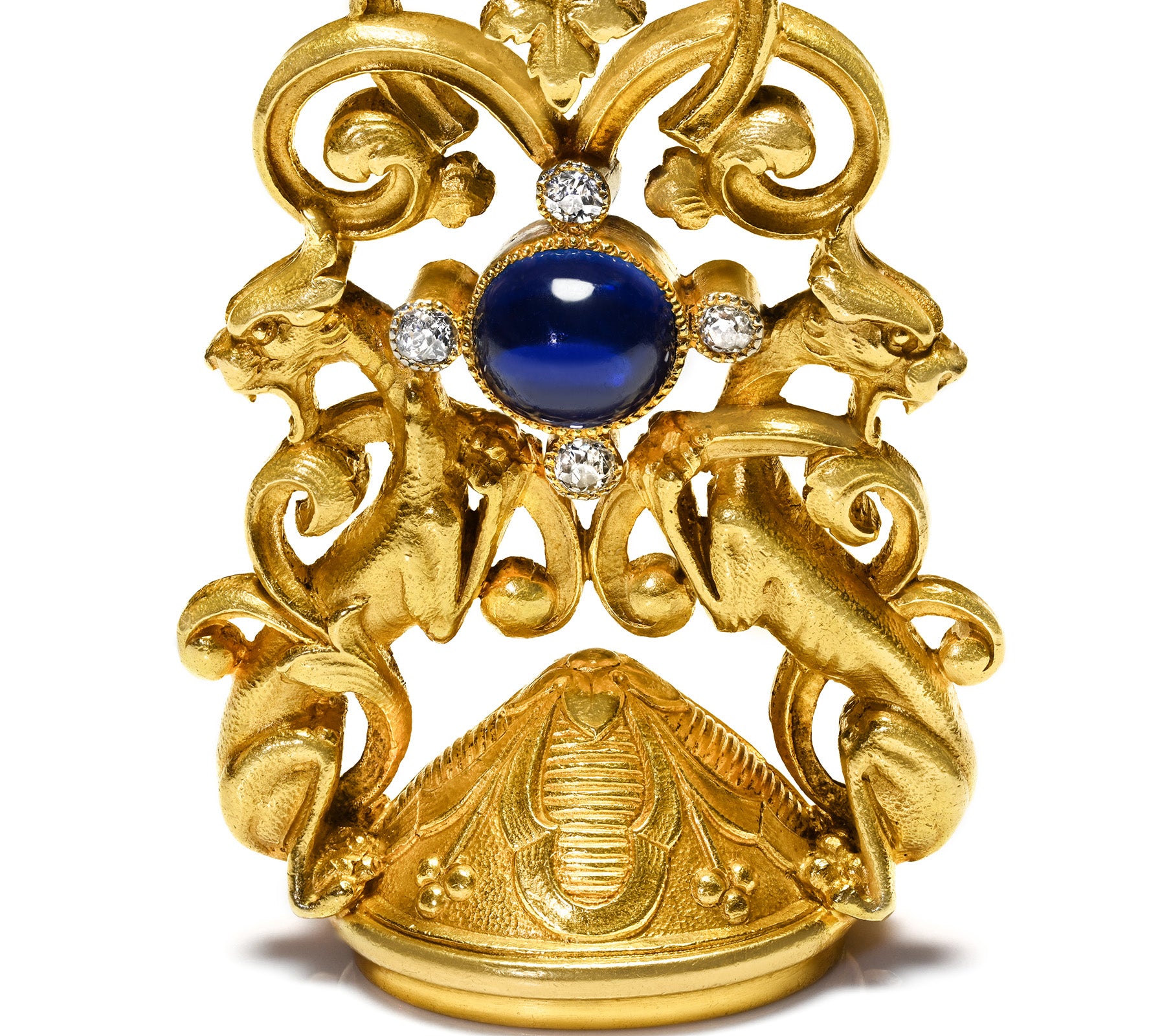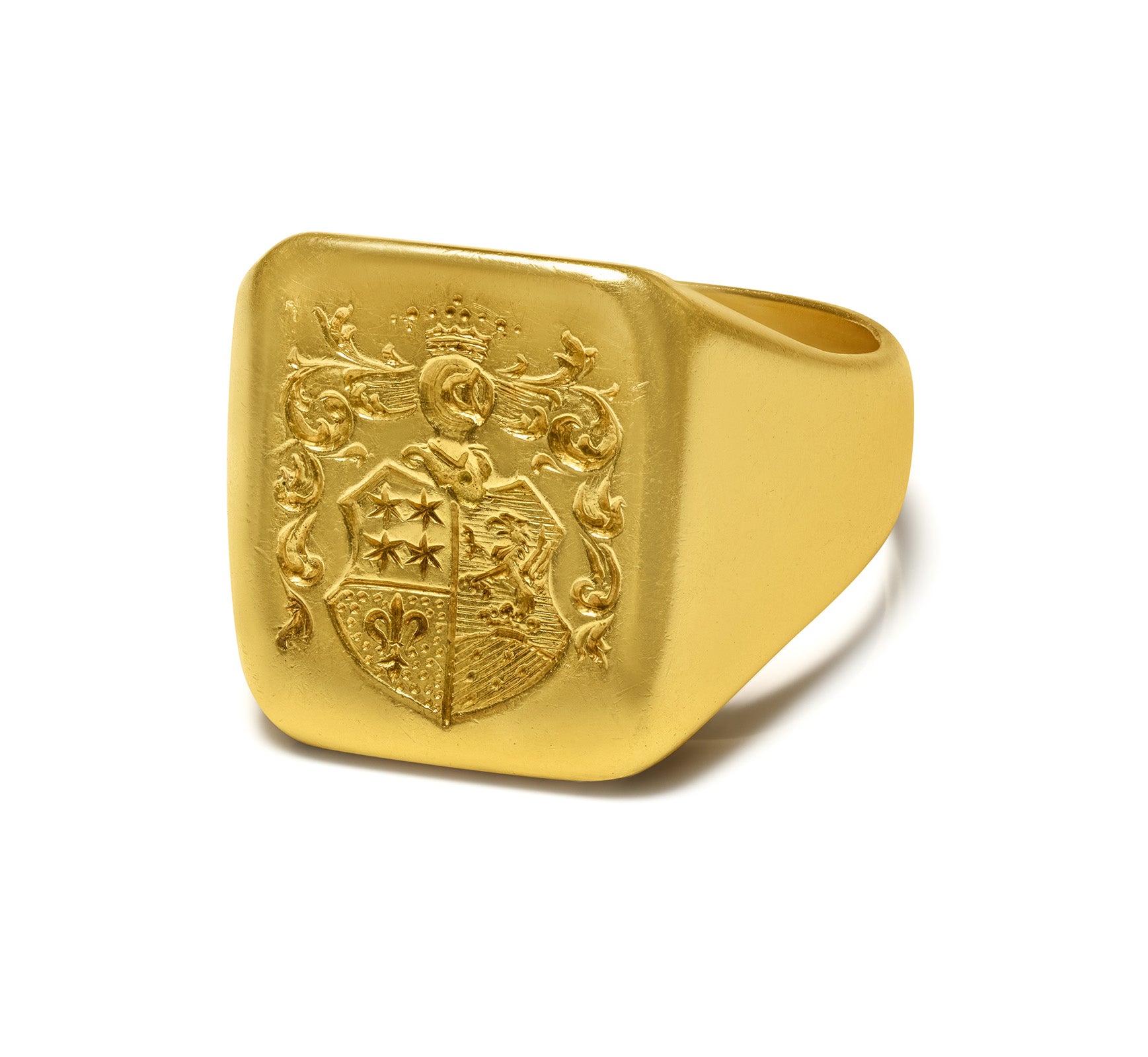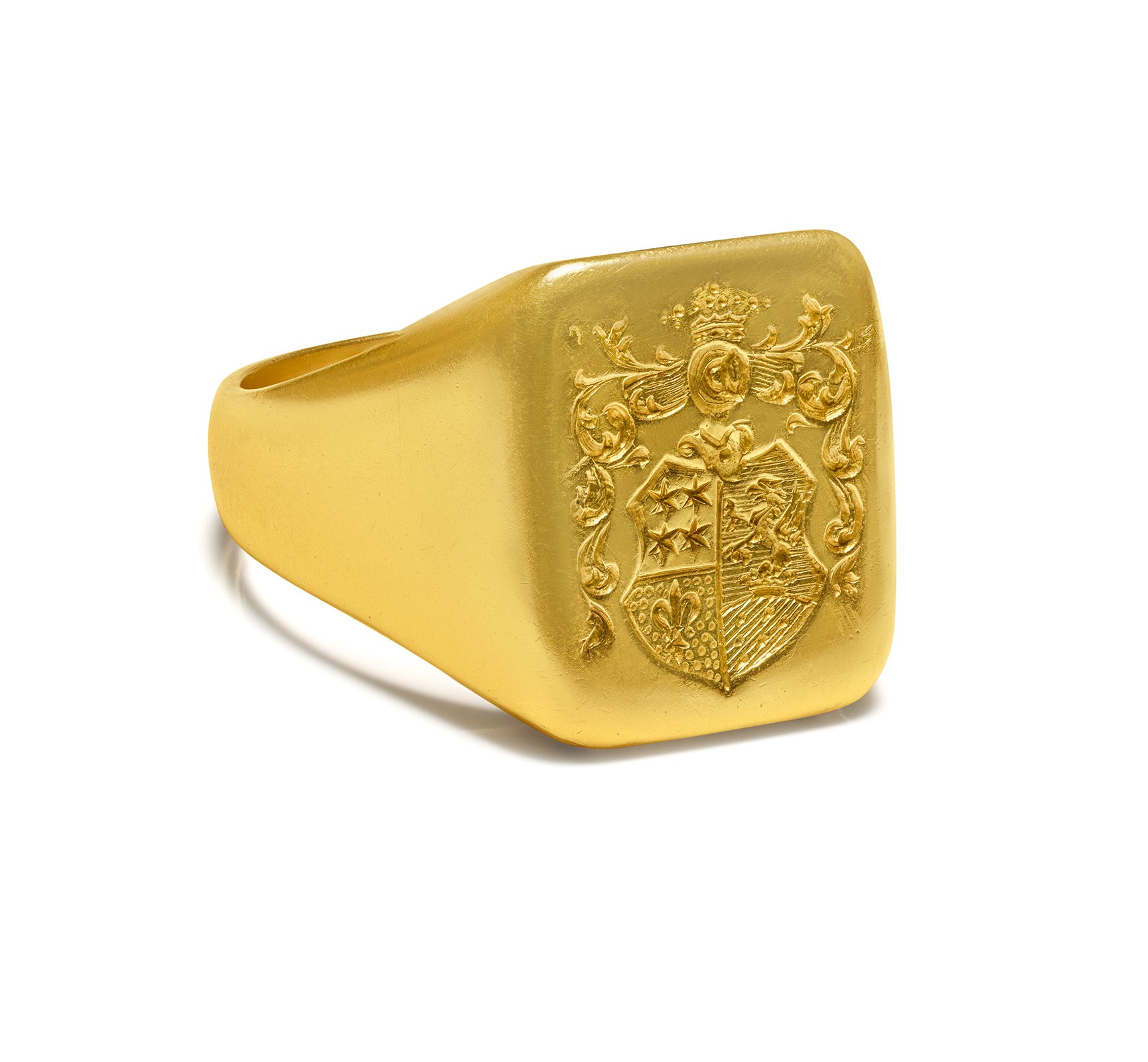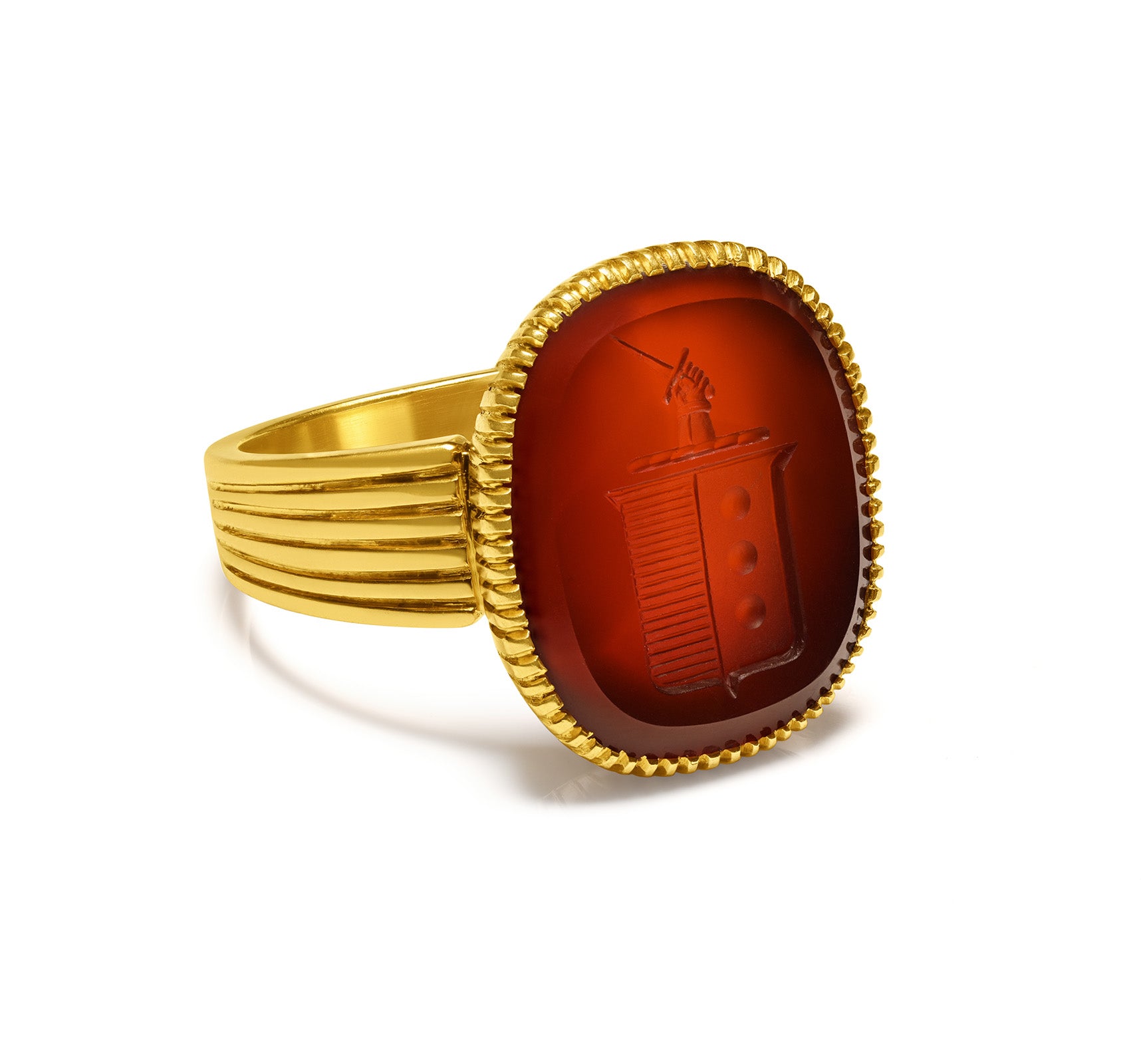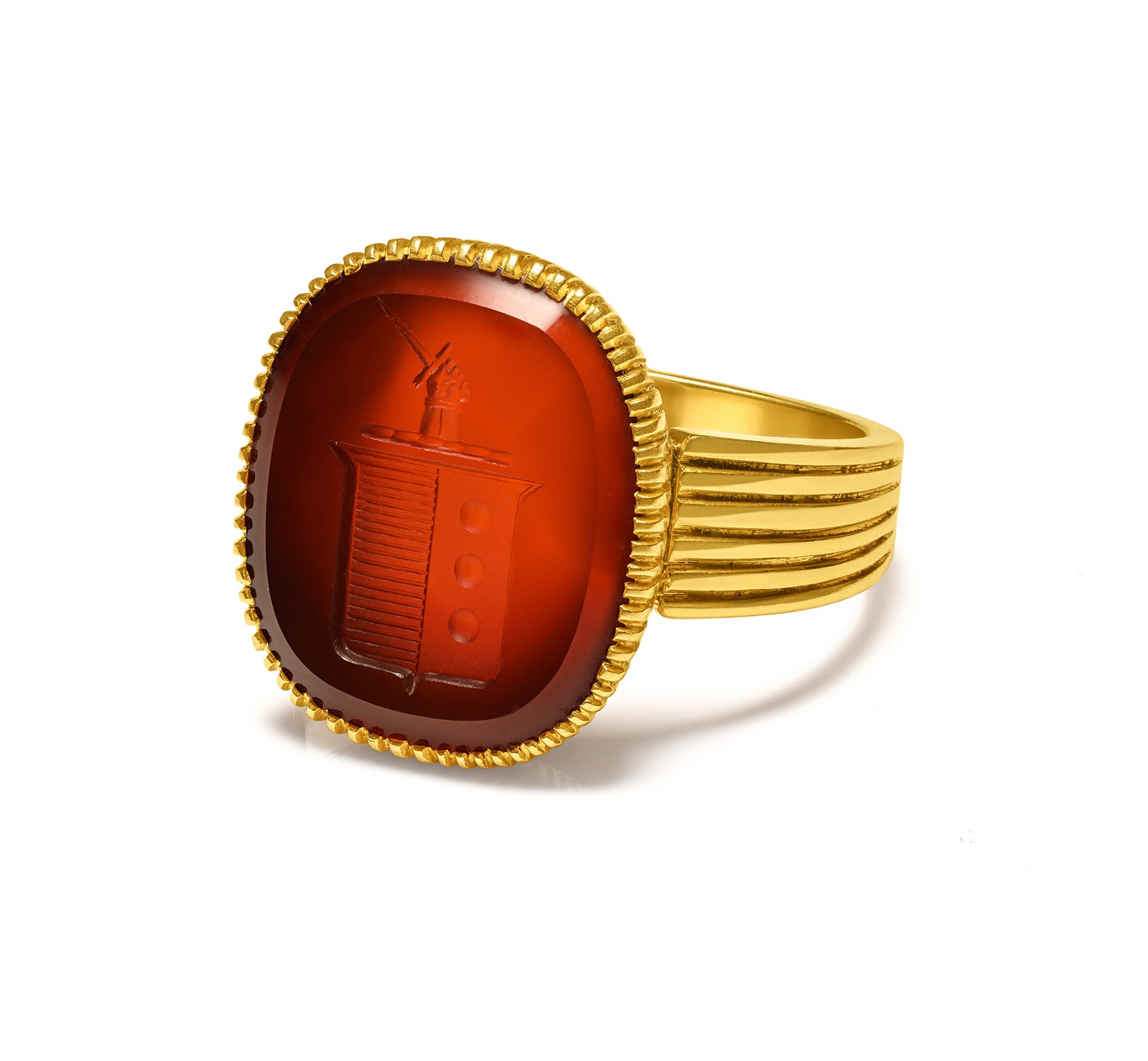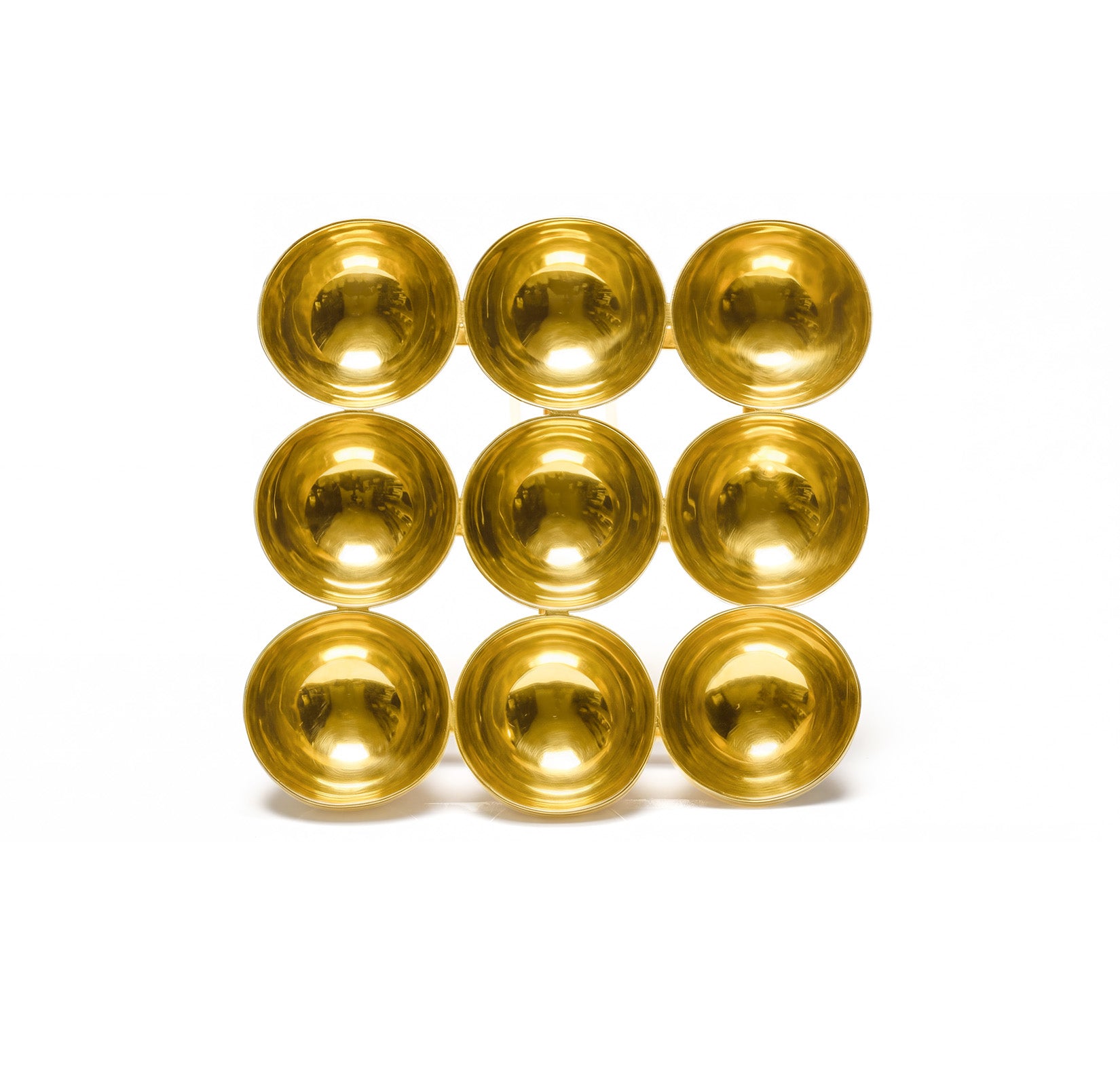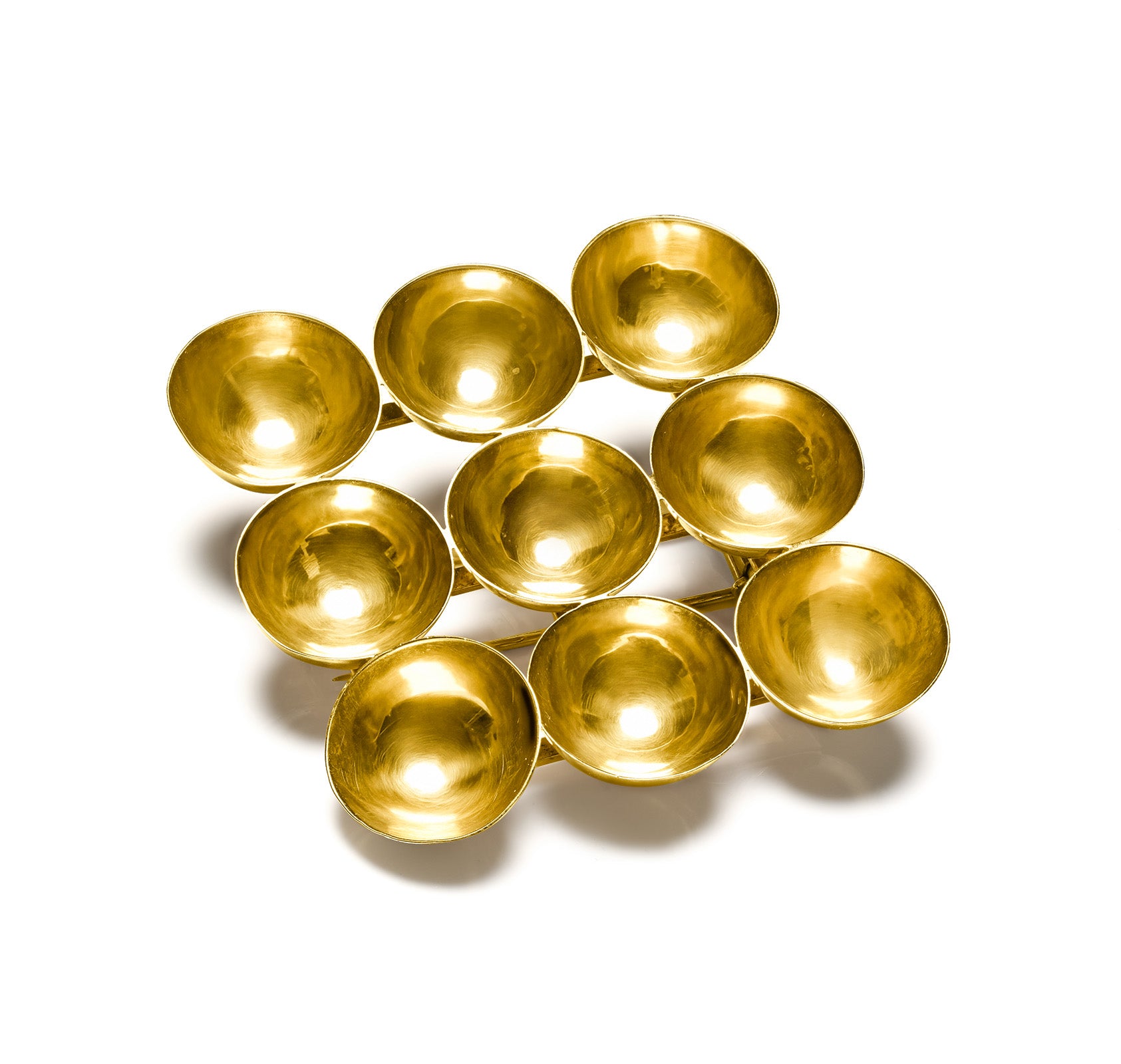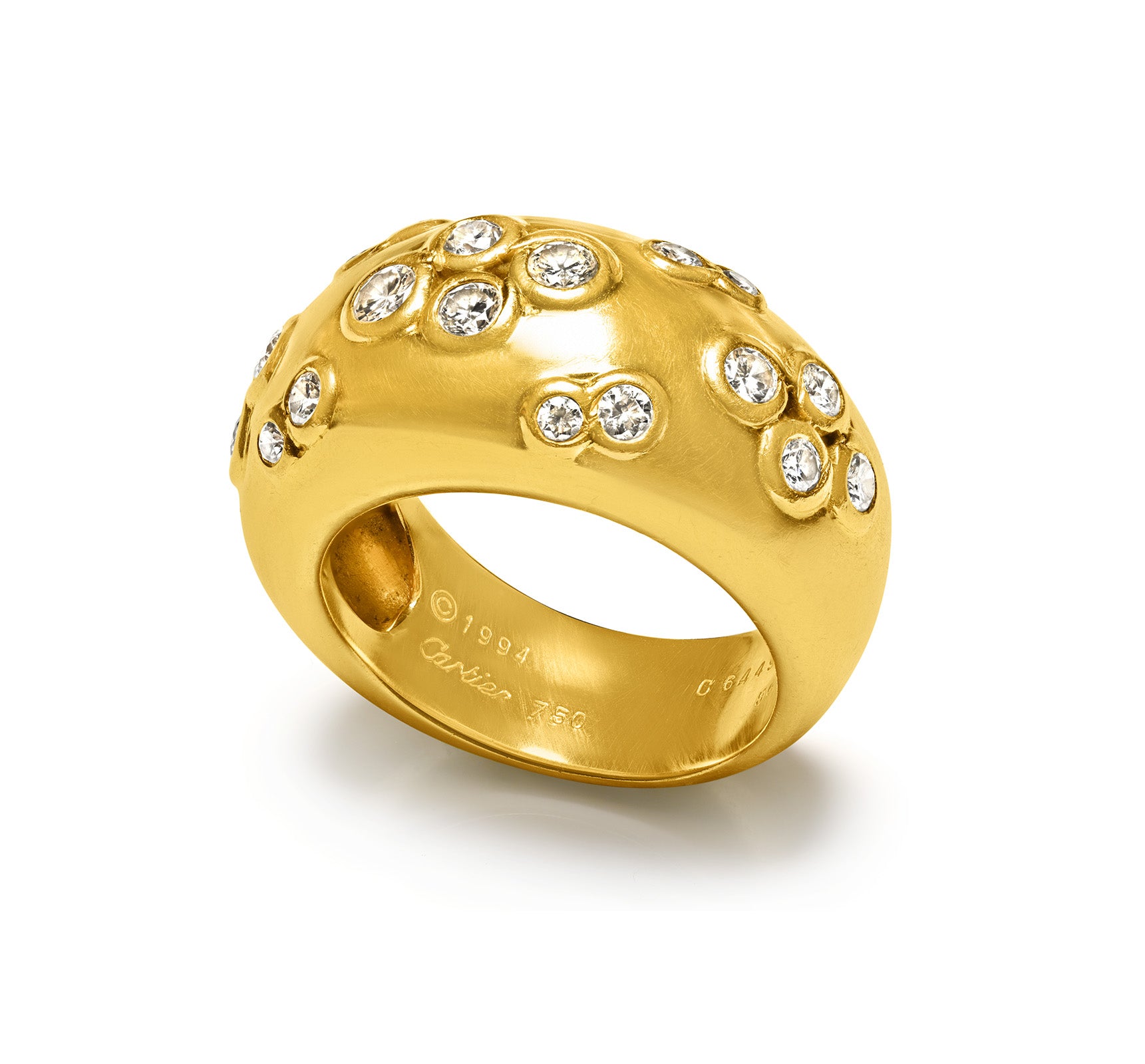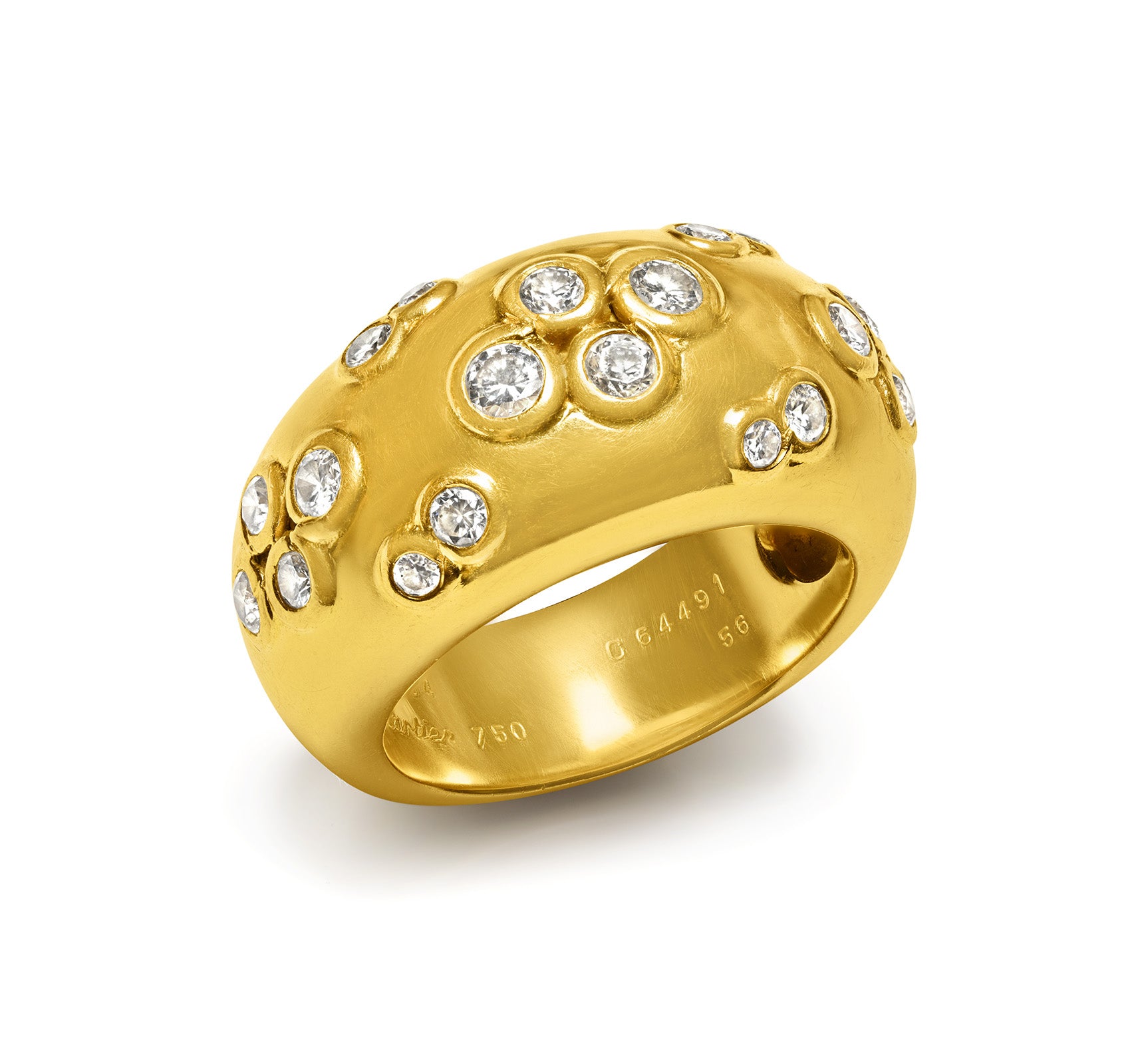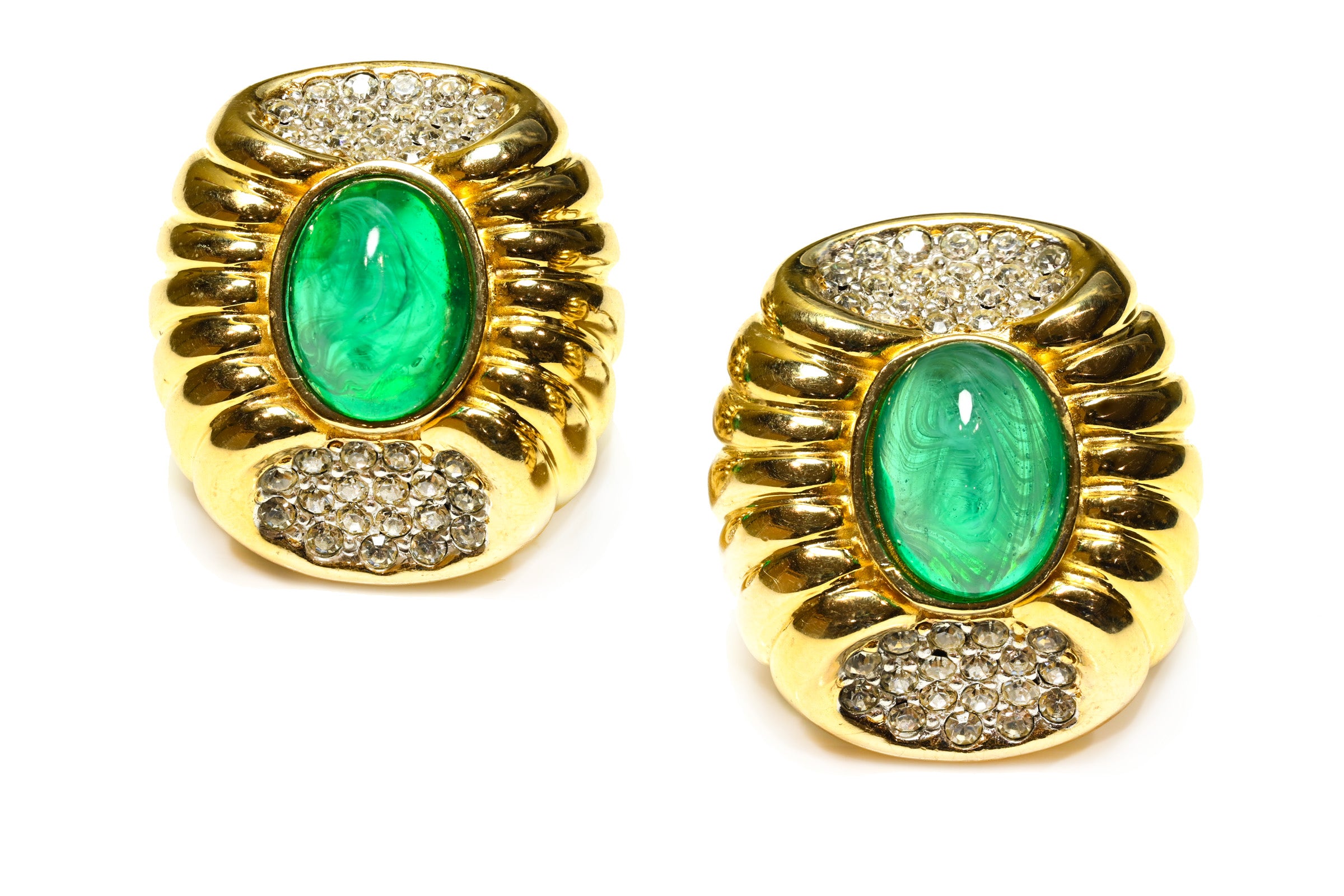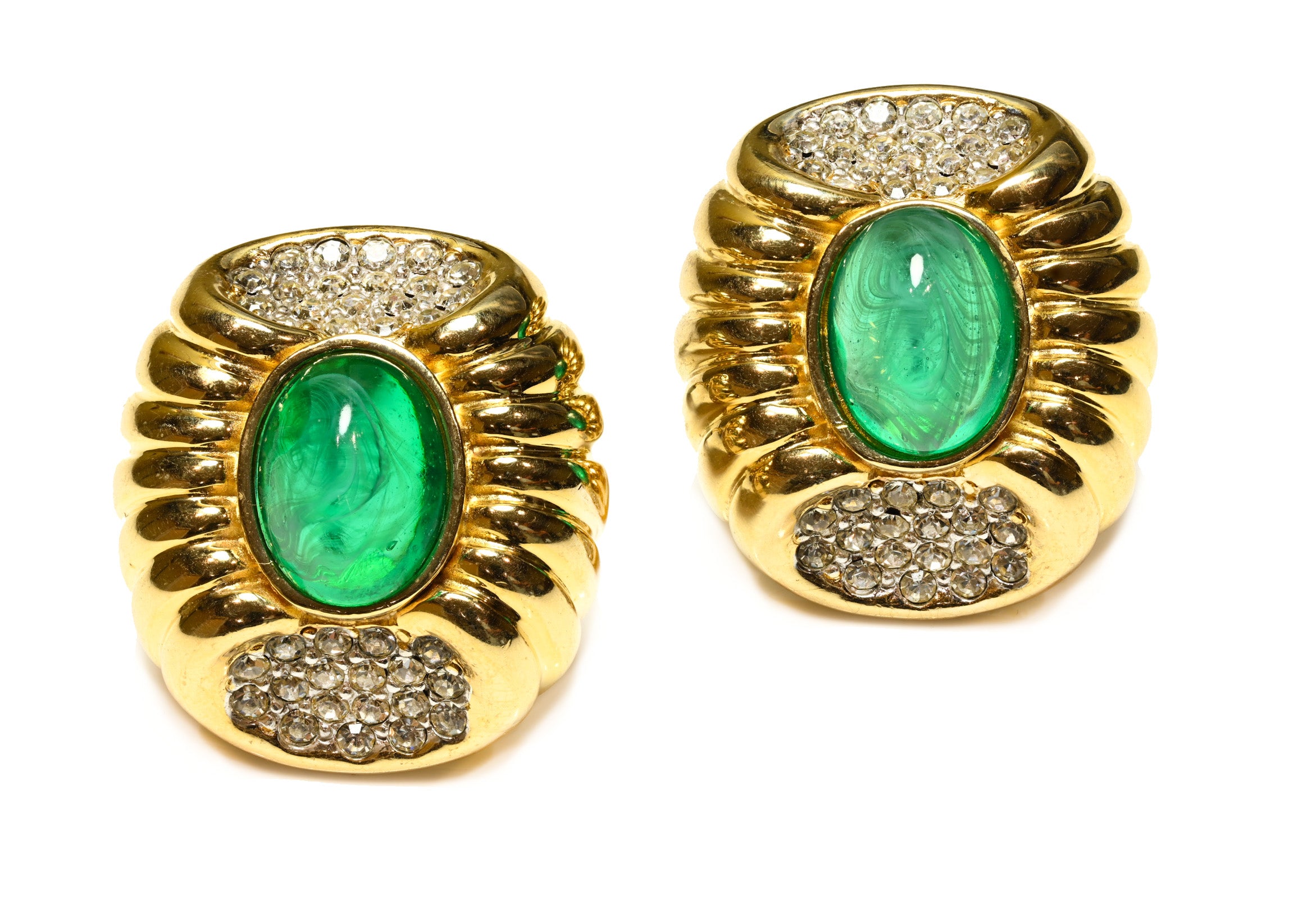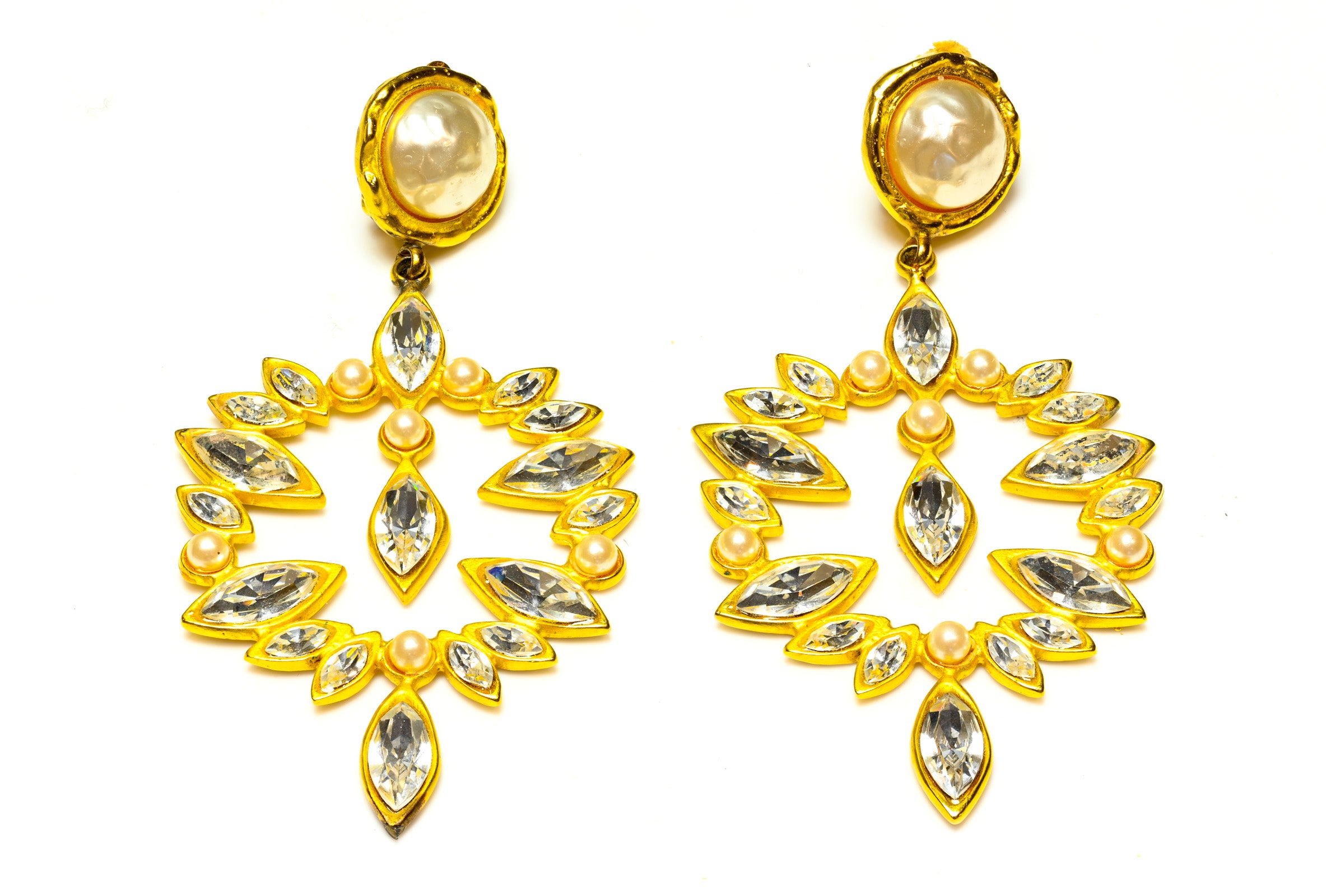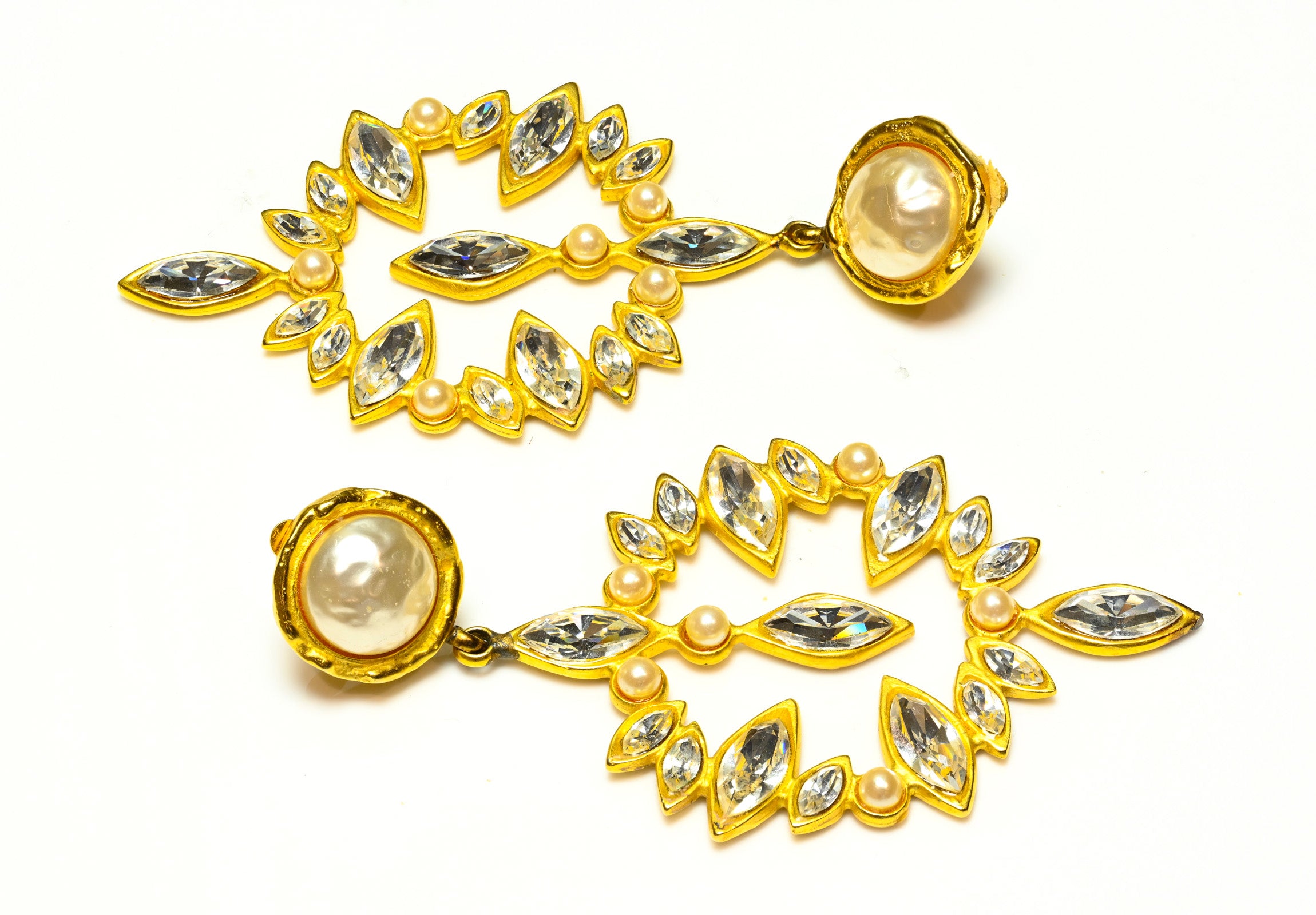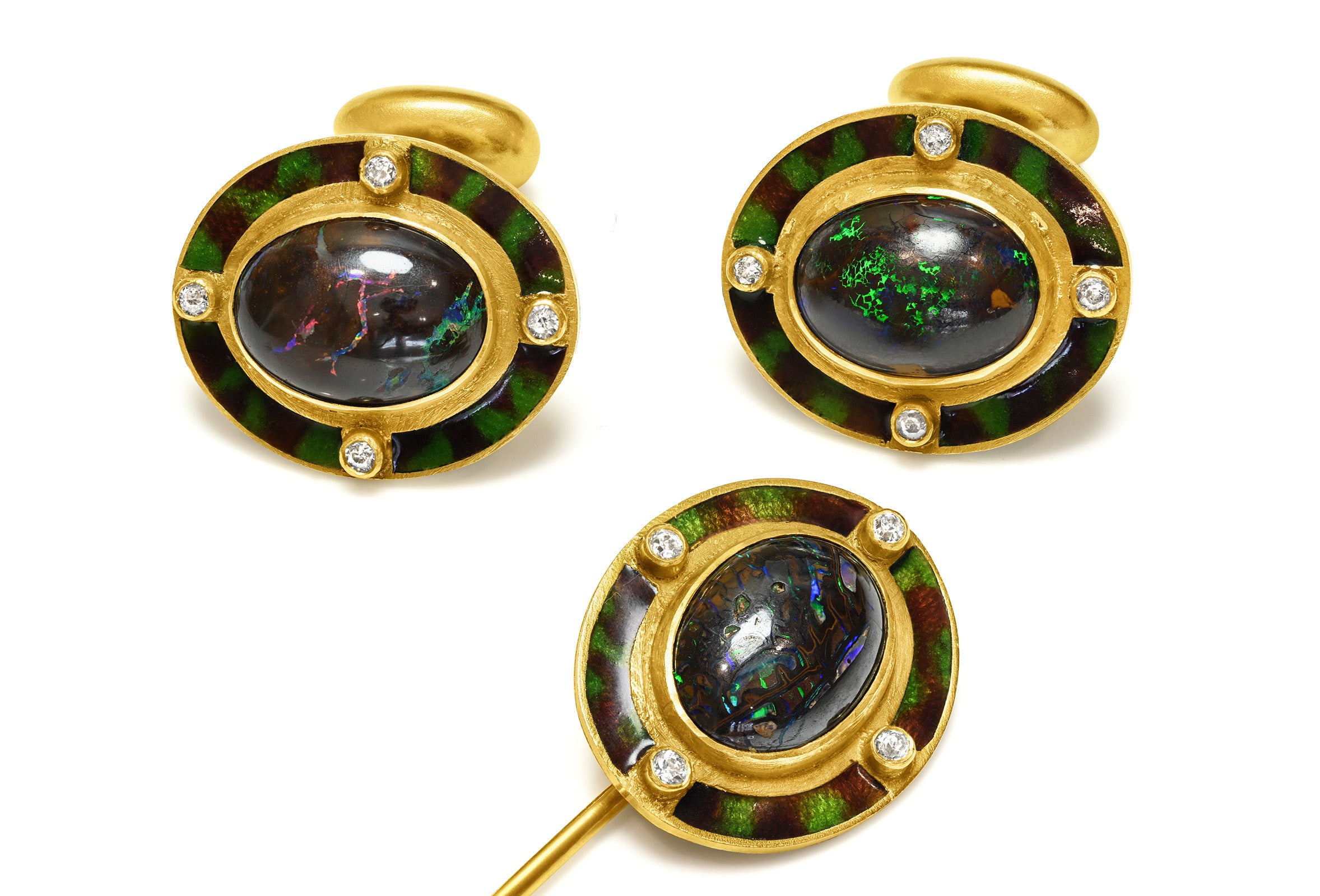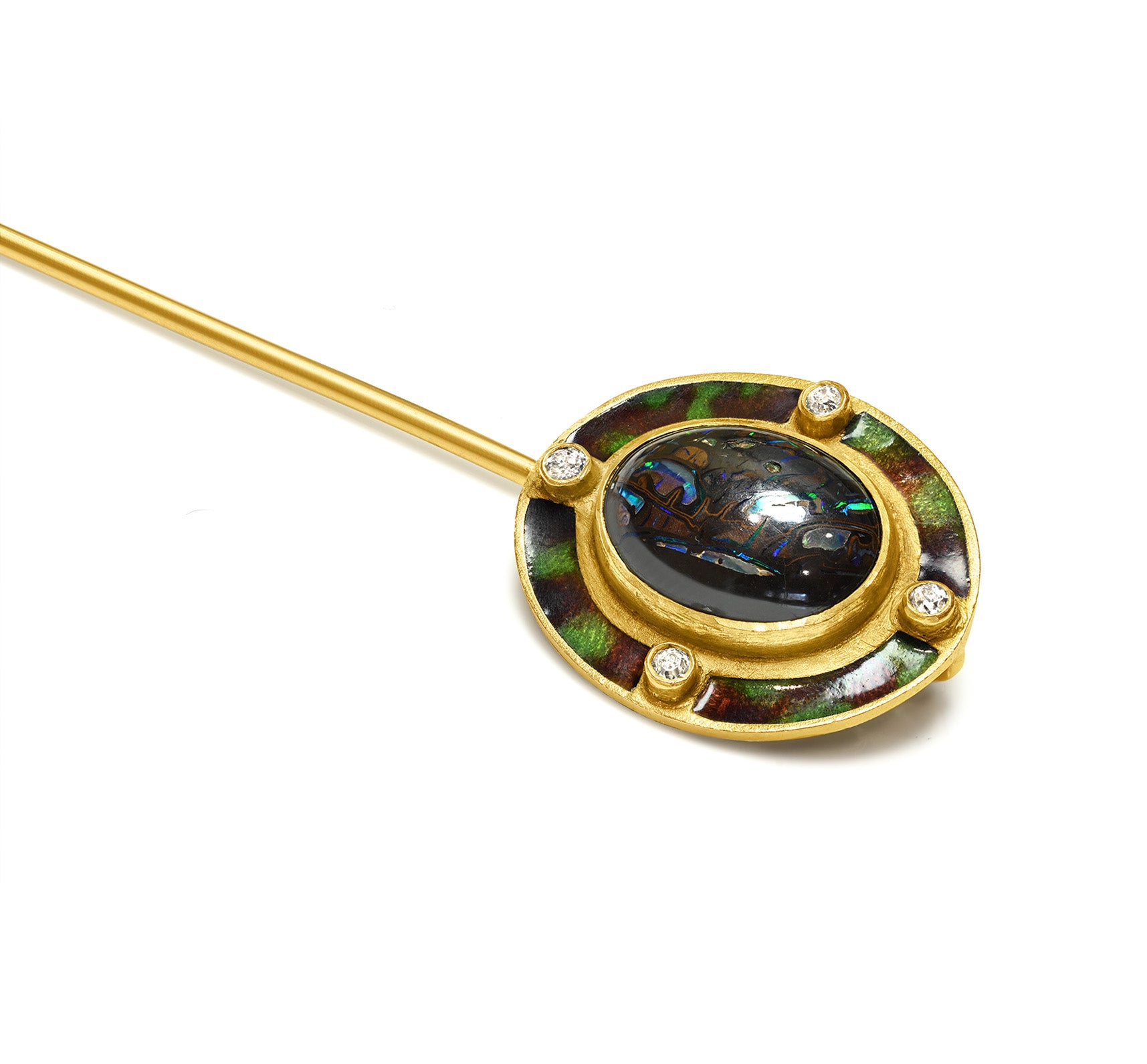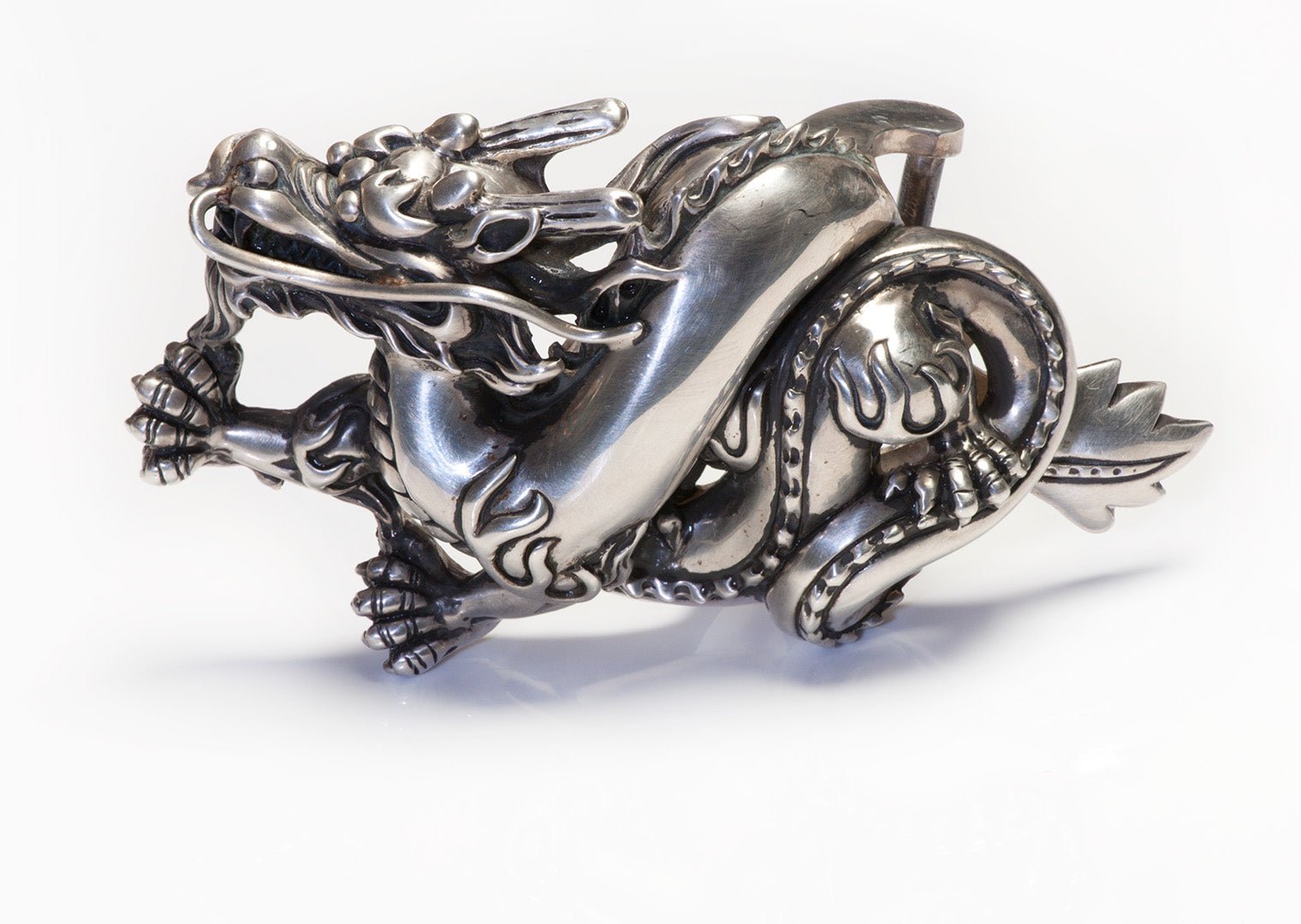
How Much Silver Exists in the World and Who Owns It (2025 Guide)
For thousands of years, silver has played a dual role in human civilization: a precious metal used for jewelry, coins, and ceremonial objects, and an industrial commodity critical for technology, medicine, and energy.
Unlike gold, which is mostly hoarded and reused, much of the world’s silver has been consumed in industrial applications—sometimes lost forever.
This difference makes the question especially intriguing: how much silver exists in the world today, and who really owns it?
The answer reveals a surprising truth. While silver is abundant in the Earth’s crust compared to gold, the available above-ground stock is far more limited than most people realize. This scarcity explains silver’s enduring value and its unique position between luxury and necessity.
In this article, we’ll explore how much silver has been mined, where it is stored, who holds the largest reserves, and how much remains undiscovered beneath the Earth. We’ll also consider silver’s industrial role, investment demand, and even future challenges for global supply.
Table of Contents
- Total Silver Ever Mined: The Official Estimates
- Where the World’s Silver Is Stored
- Silver in Central Banks and Investment
- Industrial Uses and Consumption of Silver
- How Much Silver Remains to Be Mined?
- The Decline of Ore Grades and Production Challenges
- Silver in the Oceans: Myth vs. Reality
- Who Owns the World’s Silver?
- The Future of Silver: Trends and Predictions
- The Paradox of Silver
- FAQ: Silver Supply Explained

Silver bullion - Library of Congress, Public domain, via Wikimedia Common
1. Total Silver Ever Mined: The Official Estimates
When we ask “how much silver exists in the world?”, the best place to start is with the total amount ever mined throughout history.
Unlike gold, which is almost entirely preserved above ground, silver has a different story—much of it has been consumed in industry and is no longer recoverable.
Global Estimates
According to the Silver Institute and geological surveys, humans have mined approximately 1.74 million metric tons of silver throughout history. This is a staggering figure compared to gold, where the total ever mined is only about 208,000 metric tons. On paper, silver seems far more abundant.
Yet appearances are deceiving.
While more silver has been extracted, the vast majority of it has been dispersed into industrial uses over the centuries. Once silver is used in electronics, solar panels, photography (historically), or chemical processes, it is often uneconomical to recycle.
Experts estimate that less than half of all silver ever mined still exists in identifiable, recoverable form.
Above-Ground Silver Stocks
Current estimates suggest that about 550,000–600,000 metric tons of silver remain above ground in the form of:
-
Jewelry and silverware – Items crafted over centuries, many of which remain in circulation or collections.
-
Coins and bullion – Bars, coins, and investment-grade silver held by investors and institutions.
-
Industrial stockpiles – A fraction of silver in electronics and solar panels may eventually be recycled, but large amounts are permanently lost.
In contrast, more than 1 million metric tons of silver mined throughout history have effectively vanished into industrial waste.

Mario Buccellati Sterling Silver Torchon Soup Tureen - DSF Antique Jewelry

Antique Silver Figural Cherub and Signet Ring Seal - DSF Antique Jewelry
Comparing Silver and Gold
The contrast with gold is striking:
-
Over 90% of all gold ever mined still exists today.
-
Only around 30–35% of silver remains in recoverable above-ground stocks.
This is why, despite being mined in larger quantities, silver can actually be rarer than gold in available supply.
Historical Milestones
-
Ancient Times – Silver mining began as early as 3000 BC in Anatolia and later in Greece and Spain.
-
16th–18th centuries – Vast amounts were extracted from Spanish colonies in the Americas, particularly the rich mines of Potosí in modern-day Bolivia.
-
19th century – Industrialization boosted silver demand in coins and tableware.
-
20th century onward – Photography, electronics, and solar panels consumed huge amounts of silver.
By understanding this timeline, we see how the story of silver is not just about abundance but about irreversible consumption, a factor that makes it one of the most undervalued precious metals in the modern economy.

Silver bullion - Kallemax, Public domain, via Wikimedia Commons
2. Where the World’s Silver Is Stored
Unlike gold, which is hoarded in central banks and private vaults, silver is spread far more unevenly across different sectors. Its dual role as both a precious metal and an industrial commodity means that above-ground stocks are fragmented—and often inaccessible.
Jewelry and Silverware
The largest identifiable pool of silver is found in jewelry, decorative items, and tableware. Experts estimate that around 250,000–300,000 metric tons of silver are held in these forms worldwide.
-
Cultural heritage – In India and parts of the Middle East, silver jewelry is deeply embedded in traditions. Families often store wealth in the form of heavy silver ornaments.
-
Antiques and heirlooms – From Victorian tea sets to Art Deco silverware, a significant portion of silver remains locked in historical artifacts, much of which is unlikely to re-enter the bullion market.
Coins and Bullion
Another major portion of silver is stored as coins, bars, and investment-grade bullion. Current estimates suggest around 60,000–70,000 metric tons exist in this form.
-
Historical coins – From Roman denarii to Spanish “pieces of eight,” vast amounts of silver circulated as currency for centuries. Many coins have been melted down, but surviving collections still hold substantial reserves.
-
Modern bullion – Countries like the U.S. (American Silver Eagles), Canada (Maple Leafs), and Austria (Philharmonics) mint millions of ounces of silver coins each year for investors.
-
Private vaults – ETFs such as the iShares Silver Trust (SLV) hold hundreds of millions of ounces for global investors.
Central Banks
Unlike gold, silver is not a major reserve asset for central banks. Most governments sold off their silver holdings in the 20th century, when the metal lost its formal role in monetary systems.
-
The U.S. once held billions of ounces of silver in government stockpiles but liquidated most of it by the 1970s.
-
Today, no significant silver reserves remain under central bank control, a stark contrast to gold’s massive state-owned hoards.
Industrial Stocks
Industrial users—electronics manufacturers, solar panel producers, medical companies—account for hundreds of millions of ounces of silver annually. However, very little of this silver is recoverable.
-
Once embedded in circuit boards or coatings, silver is rarely recycled due to cost.
-
This creates a hidden sink of silver that disappears from measurable above-ground stocks.
Private Ownership vs. Institutional Holdings
An important distinction is that most silver is in private hands, not institutions. While gold is often concentrated in central banks and large investors, silver is widely spread among individuals as jewelry, coins, and collectibles. This makes the market more volatile and harder to track.

Silver bullion - Unit 5, CC BY-SA 3.0, via Wikimedia Commons
3. Silver in Central Banks and Investment
Silver’s role as money is ancient—yet in modern times, it has diverged sharply from gold. While central banks still guard massive vaults of gold, silver has almost entirely disappeared from official reserves, shifting instead into the hands of investors.
Central Banks and the End of Silver Reserves
For centuries, silver was a cornerstone of monetary systems. From the Spanish “pieces of eight” that fueled global trade in the 16th–18th centuries to the U.S. silver dollar, nations relied on silver to back their currencies.
But in the 20th century, this changed dramatically:
-
Demonetization of silver – By the 1960s, most countries had abandoned silver as legal tender. Rising industrial demand made it impractical to keep using silver for coins.
-
U.S. stockpile liquidation – The U.S. government once held over 2 billion ounces (62,000 metric tons) of silver, but sold most of it by the 1970s. Today, the U.S. Treasury holds virtually none.
-
Global central banks – Unlike gold, silver no longer appears as a significant line item in central bank reserves.
This means that silver is now primarily a private market asset, not a government-controlled one.
Silver as an Investment Asset
Although central banks have stepped away, investors have embraced silver in recent decades. It is often called “the poor man’s gold”, yet its performance can rival or even outpace gold during bull markets.
-
Bars and coins – Minted by governments and private refineries, bullion products like American Silver Eagles or Canadian Maple Leafs are popular with small investors.
-
ETFs (Exchange-Traded Funds) – Funds such as the iShares Silver Trust (SLV) hold hundreds of millions of ounces of silver in vaults, giving investors exposure without physical storage.
-
Futures markets – Silver is actively traded on exchanges such as COMEX, where contracts represent large volumes of the metal.
The 1980 Hunt Brothers Incident
One of the most famous episodes in silver investment history was the attempt by Texas oil tycoons Nelson Bunker Hunt and William Hunt to corner the silver market.
-
In 1980, they accumulated an estimated 200 million ounces of silver, driving the price from $6 per ounce to nearly $50.
-
The U.S. government and exchanges intervened, causing prices to collapse.
-
This event showed how concentrated private ownership could disrupt the silver market—a stark contrast to the stability of gold reserves.
Why Investors Still Turn to Silver
-
Hedge against inflation – Like gold, silver is viewed as a store of value.
-
Industrial demand – Its role in electronics, solar panels, and medicine makes it a unique hybrid of precious and industrial metal.
-
Accessibility – Silver is far cheaper per ounce than gold, making it easier for small investors to buy.
The combination of affordability, utility, and historical prestige ensures that silver continues to play an important role in global investment portfolios—even if central banks no longer keep it in their vaults.
4. Industrial Uses and Consumption of Silver
Unlike gold, which is hoarded and rarely destroyed, silver is constantly consumed in industrial applications. This unique feature makes silver fundamentally different: much of the silver mined throughout history has already been lost in landfills, electronic waste, and industrial byproducts.
Silver in Modern Technology
Silver’s properties make it indispensable:
-
Electronics – Silver is the best electrical conductor among all metals. It is used in switches, connectors, semiconductors, and circuit boards. Every smartphone, computer, and television contains trace amounts of silver.
-
Solar panels – Silver plays a critical role in photovoltaic cells, where silver paste conducts electricity. As solar power expands, demand for silver in this sector continues to grow rapidly.
-
Medicine – Silver’s antibacterial properties make it valuable for wound dressings, coatings on medical devices, and even water purification systems.
-
Batteries – Silver oxide batteries are common in hearing aids, watches, and other compact electronics.
-
Automotive industry – With the rise of electric vehicles, silver is used in high-performance electrical contacts and advanced components.
The Consumption Problem
Unlike gold, which is nearly all recoverable and still exists in some form, much silver is lost permanently:
-
Electronics are often discarded rather than recycled, locking away silver in e-waste.
-
Industrial silver is dispersed in tiny amounts, making recovery uneconomical.
-
This means the total available silver supply is shrinking over time, even as new mining adds more to the system.
Annual Industrial Demand
According to the Silver Institute, industrial uses account for roughly 50% of annual silver demand. In 2022, out of about 1.24 billion ounces of silver used globally:
-
~547 million ounces went to industry.
-
~235 million ounces went into jewelry.
-
~200 million ounces went into silverware.
-
~332 million ounces were purchased for investment (bars, coins, ETFs).
This split shows that silver is not just a store of value but a critical industrial commodity.

Georg Jensen Sterling Silver - DSF Antique Jewlery
Why This Matters for the Future
Because silver is both an industrial necessity and a precious metal, its long-term supply is under pressure:
-
Growing demand from green technologies (solar panels, EVs).
-
Limited recycling due to high costs.
-
Declining ore grades at major mines.
This dynamic could make silver scarcer—and potentially more valuable—than gold in certain scenarios, since unlike gold, much of it is permanently lost to industrial processes.
5. How Much Silver Remains to Be Mined
While silver has been mined for thousands of years, significant deposits still exist underground. However, as with gold, the challenge is not only how much remains—but how much can be extracted profitably with today’s technology and economic conditions.
Identified Reserves
According to the U.S. Geological Survey (USGS), global silver reserves are estimated at around 530,000 metric tons as of 2023. At current annual production rates of roughly 26,000 metric tons per year, these reserves could last for about 20 years—assuming no new discoveries.
But unlike gold, silver is often a byproduct of mining for other metals such as copper, lead, and zinc. This means the pace of silver production is tied to demand for those base metals, not just silver itself.
Undiscovered Resources
Geologists believe that significant amounts of silver remain undiscovered:
-
The USGS estimates another 500,000–600,000 metric tons may exist in as-yet-untapped or unidentified deposits.
-
New exploration technologies and higher silver prices could make previously uneconomic deposits viable.
Still, the historical trend is clear: ore grades are declining, meaning miners must process more rock to obtain the same amount of silver.
Top Silver-Producing Countries
Silver production is geographically diverse, with no single country dominating output as South Africa once did with gold. The leading producers include:
-
Mexico – The world’s largest silver producer, mining over 6,300 metric tons annually, thanks to historic and modern deposits.
-
China – Produces around 3,600 metric tons per year, with silver often recovered as a byproduct.
-
Peru – Around 3,100 metric tons, with some of the richest polymetallic deposits in the world.
-
Chile – Roughly 1,500 metric tons, heavily tied to its copper industry.
-
Australia, Poland, Russia, Bolivia – Each contributes between 1,000–1,300 metric tons annually.
Comparison with Gold
To put silver’s reserves in perspective:
-
Total gold reserves (USGS 2023): ~53,000 metric tons.
-
Total silver reserves: ~530,000 metric tons (10x larger).
-
But silver is consumed and lost in industry, while nearly all gold remains in circulation.
This makes silver a paradox: more abundant in the Earth’s crust than gold, but more likely to become scarce in usable form due to consumption and waste.
Silver by the Numbers
-
Total silver mined in history: ~1.74 million metric tons
-
Identified reserves (2023): ~530,000 metric tons
-
Undiscovered resources (USGS estimate): 500,000–600,000 metric tons
-
Annual mine production: ~26,000 metric tons
-
Annual demand (2022): ~1.24 billion ounces (~38,600 metric tons)
-
Industry: ~547 million ounces
-
Jewelry: ~235 million ounces
-
Silverware: ~200 million ounces
-
Investment (bars, coins, ETFs): ~332 million ounces
-
-
Top producers: Mexico (~6,300 metric tons), China (~3,600 metric tons), Peru (~3,100 metric tons), Chile (~1,500 metric tons)
-
Recycling share: ~20% of annual supply
6. The Decline of Ore Grades and Production Challenges
Lower Grades, Higher Costs
Across major silver districts, average ore grades have trended down for decades. Miners must move and process more rock to produce the same ounce of silver, increasing energy use, water needs, and operating costs.
Byproduct Dependence
Because over half of global silver output comes as a byproduct of copper, lead, and zinc mining, silver supply cannot easily scale just because silver prices rise. It depends on the economics of those base-metal mines.
Capex, Permitting, ESG
New projects face longer permitting timelines, higher capital costs, and stricter environmental standards—factors that can delay or limit future supply even when prices are supportive.
Net Effect
Declining grades + byproduct dependence + tighter ESG means future supply growth is structurally constrained—just as industrial demand (solar, EVs, electronics) accelerates.
7. Silver in the Oceans: Myth vs. Reality
Trace Amounts, Massive Volumes
Seawater contains tiny concentrations of dissolved silver, but at levels so low that extraction is uneconomic with current technology.
Ocean Floor Minerals
Some deep-sea deposits (polymetallic sulfides, nodules) contain silver alongside copper, zinc, and other metals. However, technological, environmental, and regulatory hurdles mean commercial production is uncertain and likely years away.
Bottom Line
While the oceans do contain silver, they are not a realistic source of supply today. For the foreseeable future, mine output and recycling will remain the drivers of silver availability.
8. Who Owns the World’s Silver?
Unlike gold, which is heavily concentrated in central bank vaults and private treasuries, silver ownership is far more dispersed. Because silver is both a monetary metal and an industrial commodity, its holders range from small investors to massive corporations.
Private Investors
-
Bullion holders – Millions of individuals worldwide own silver in the form of bars, coins, and rounds. Popular coins include the American Silver Eagle, Canadian Maple Leaf, and Austrian Philharmonic.
-
Exchange-Traded Funds (ETFs) – The largest, iShares Silver Trust (SLV), holds hundreds of millions of ounces in London vaults. Together, ETFs control more than 800 million ounces (about 25,000 metric tons), giving institutional investors easy access to silver.
-
Numismatic collectors – Rare silver coins, from ancient drachmas to modern proofs, are prized by collectors and represent a small but valuable portion of total silver ownership.
Industrial Users
Roughly half of all silver mined each year goes directly into industrial use:
-
Electronics manufacturers – Apple, Samsung, and countless tech firms depend on silver for components.
-
Renewable energy companies – Solar panel producers are among the largest single consumers of silver today.
-
Medical device companies – Firms making antibacterial coatings, implants, and diagnostic equipment rely on silver’s unique properties.
In practice, much of this silver is consumed rather than hoarded, meaning corporations rarely hold it long-term.
Jewelry and Silverware Owners
-
Jewelry accounts for about 20% of annual silver demand, spread across millions of households.
-
Silverware remains culturally important in countries like India, where silver utensils and ornaments are a traditional form of wealth.
-
These items collectively represent tens of thousands of metric tons of silver held privately, though often in small, dispersed amounts.
Governments and Central Banks
Unlike gold, silver is almost absent from central bank reserves. Most governments liquidated their silver holdings in the mid–20th century. For example:
-
The U.S. Treasury once held over 2 billion ounces but sold nearly all of it by the 1970s.
-
Other governments followed suit, leaving silver largely outside official reserves.
This means silver’s fate is tied more to private markets and industries than state control.
Concentrated vs. Dispersed Ownership
-
Gold ownership is concentrated: ~20% sits in central banks.
-
Silver ownership is dispersed: spread across investors, industries, and households.
This makes silver a “democratic metal”, accessible to ordinary people in a way gold is not. But it also makes its supply more volatile, since large amounts are continuously consumed and lost.
9. The Future of Silver: Trends and Predictions
Silver’s dual identity—as both an industrial workhorse and a store of value—makes its future particularly intriguing. Unlike gold, whose destiny is largely tied to financial markets, silver’s outlook is also shaped by technology, sustainability, and global demographics.
The Green Energy Revolution
One of the strongest drivers of future silver demand is the global transition to renewable energy:
-
Solar power – Photovoltaic cells currently consume over 100 million ounces of silver annually, a figure expected to rise as governments push toward net-zero targets.
-
Electric vehicles (EVs) – EVs require nearly twice as much silver as traditional cars for electrical components, battery systems, and power electronics.
-
Smart grids – Advanced infrastructure for clean energy relies heavily on silver-based conductors.
If renewable adoption continues at the projected pace, industrial demand for silver could outstrip supply within two decades.
Investment Cycles and Price Volatility
Silver is historically more volatile than gold:
-
In bull markets, silver often outperforms gold, rising faster in percentage terms.
-
In bear markets, silver tends to fall harder due to its industrial dependence.
-
Investors view silver as both a safe-haven asset and a speculative commodity, amplifying its volatility.
Some analysts suggest silver is undervalued compared to gold, citing the current gold-to-silver ratio (the number of silver ounces equal in value to one ounce of gold). Historically, this ratio averaged around 15:1, but in recent years it has hovered between 60:1 and 80:1.
Supply Constraints
-
Declining ore grades – Silver yields are decreasing at major mines.
-
Byproduct dependency – Since most silver is mined alongside copper, zinc, and lead, production cannot easily be scaled up if demand surges.
-
Recycling limits – Only about 20% of annual silver supply comes from recycling, far less than gold.
These factors suggest that future shortages are possible, especially as industrial demand rises.
Geopolitical and Economic Drivers
Silver’s role as a monetary metal means it also responds to broader economic conditions:
-
Inflationary periods often push investors into silver as a hedge.
-
Economic downturns can reduce industrial demand, leading to sharp price swings.
-
Geopolitical instability can increase safe-haven buying, just as with gold.
Long-Term Outlook
Experts believe that silver’s unique position makes it both a strategic industrial resource and a key investment asset for the 21st century. If demand from green technology accelerates, silver could face tighter supplies and higher prices, strengthening its reputation not only as the “poor man’s gold” but as the metal of the future.
10. The Paradox of Silver
Silver is at once abundant and scarce. More plentiful in the Earth’s crust than gold, yet consumed and dispersed in ways that make much of it unrecoverable. Throughout history, it has shifted roles—from a foundation of global currencies to a critical industrial material powering smartphones, solar panels, and electric vehicles.
Unlike gold, which sits immobile in vaults and jewelry boxes, silver is constantly moving—mined, used, discarded, and sometimes recycled. This dual identity creates a paradox: silver is both a commodity of everyday utility and a precious store of value.
For investors, this means silver’s story is more dynamic than gold’s. Its price and availability are shaped not only by financial speculation but also by technological innovation, sustainability efforts, and global industrial demand. Whether viewed as “the poor man’s gold” or the metal of the future, silver remains one of humanity’s most fascinating and versatile resources.

Gucci Sterling Silver & Leather Padlock Bangle Bracelet - DSF Antique Jewelry
FAQ: Silver Explained
Q: How much silver exists in the world today?
A: The U.S. Geological Survey estimates that about 1.74 million metric tons of silver have been mined throughout history, with around 530,000 metric tons of reserves still identified underground.
Q: Who owns the most silver?
A: Unlike gold, silver is not held in large quantities by central banks. The biggest holders are private investors (through bullion and ETFs), industries such as electronics and solar, and millions of households owning jewelry and silverware.
Q: Why is silver cheaper than gold if it’s so useful?
A: Silver is more abundant in the Earth’s crust than gold, but its price is influenced by industrial demand, recycling limits, and investor sentiment. Because silver is consumed and lost, its market dynamics differ from gold’s, often making it more volatile.
Q: Can the world run out of silver?
A: While new deposits are still being discovered, declining ore grades and high industrial consumption mean accessible silver may become scarcer in the future. Recycling helps, but much silver is lost in small, unrecoverable amounts.
Q: How is silver used in green technology?
A: Silver is essential in solar panels, electric vehicles, and smart grids, where its conductivity and durability make it irreplaceable. This demand is expected to grow significantly in the coming decades.
Q: Is silver a good investment compared to gold?
A: Silver tends to be more volatile than gold. It often outperforms during bull markets but falls harder in downturns. Its lower price makes it accessible to smaller investors, while its industrial role gives it a unique advantage over gold.
Q: What was the Hunt Brothers silver crisis?
A: In 1980, U.S. oil tycoons Nelson and William Hunt attempted to corner the silver market, buying about 200 million ounces. Prices surged to nearly $50 per ounce before collapsing when regulators intervened.
Q: Why is silver sometimes called ‘the poor man’s gold’?
A: Because it plays a similar role as a store of value but is far cheaper per ounce, making it more accessible. Despite the nickname, silver’s unique industrial uses make it more than just a cheaper alternative to gold.

